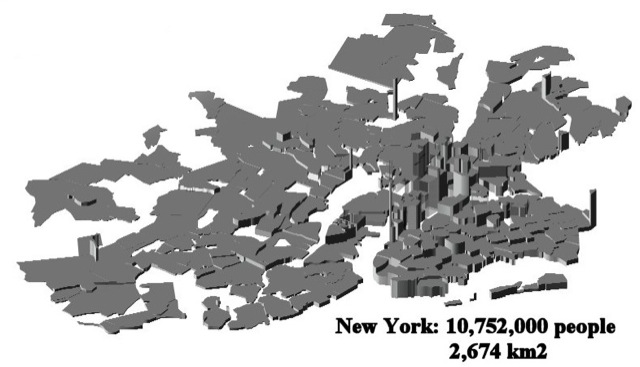Congress has three work weeks to figure out what to do about the highways & transit law that expires on July 31. As noted here a month ago, Congress remains gridlocked over the issue. Two weeks ago, the Senate Environment & Public Works Committee bravely passed a bill that increases spending by 3 percent, but failed to spell out where that money would come from.
That’s the heart of the issue: Congress is spending $52 billion a year on highways and transit, but is collecting only $40 billion a year in gas taxes and other highway user fees. Though there are just two political parties, the gridlock results from the fact that there are four different factions, each with its own solution to the problem of how to reconcile the difference between spending and revenues.
First are those who want to raise highway user fees to cover the entire $52 billion, and maybe a little more. A six-cent increase in taxes would cover the $52 billion, while even a nine-cent increase would still result in a tax that, after adjusting for inflation, would be less than it was in 1994, the last time it was increased.



 this smart-growth city (illustrations by
this smart-growth city (illustrations by 





